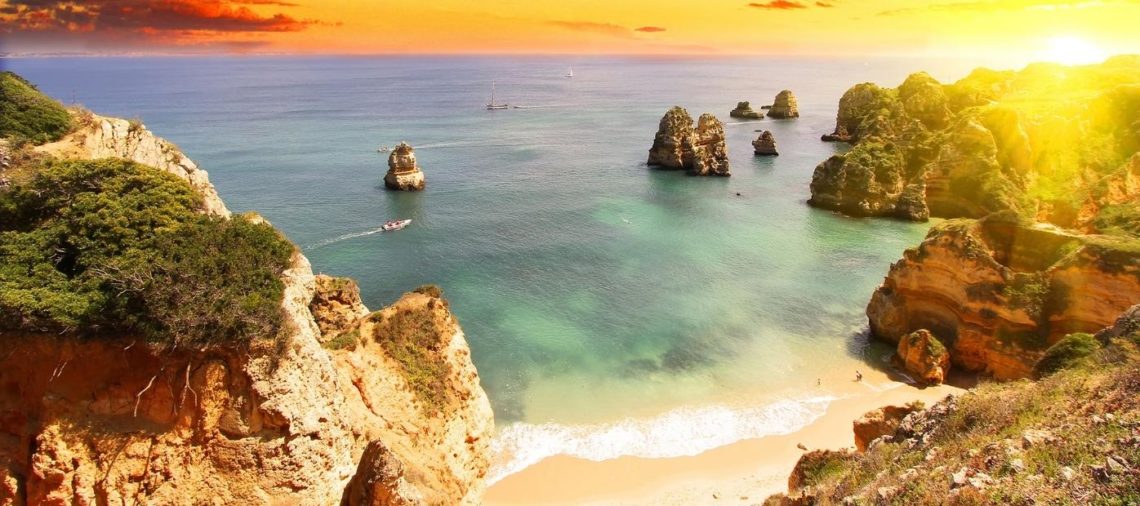The streets of Faro are narrow. Here, the houses have something from the slums of Bucharest long ago. Some are literally in ruins like they’re left on purpose to be photographed by the tourists. Faro is almost a mandatory stop if you travel through Algarve, the southern Portuguese region, proudly promoted by the locals when discussing beach tourism. I’m going down to the small square opposite Nossa Senhora do Carmo. I got here driven by the desire to see the Capela dos Ossos, a church side chapel, with ornamental motifs made from bones of the dead monks, buried in the 19th century in the nearby cemetery and petrified on the idea that we are all mortal.
Faro, in a lazy Sunday
Sinister? Maybe. If I only could see it. Unfortunately, the church is closed because it’s Sunday. Goodbye, bones in the walls! Thanks for the little flea in front of the church. On large stalls, women with smiles on their faces sell traditional sweets, dolls, or flowers. People are buying things in a slow pace. It’s Sunday noon: the city is suffocated by its drowsiness. On the street bordering the church square, a group of strangely dressed children is waiting to attend a festivity that a guy with bold hair organizes on the church’s steps, maneuvering some speakers and a microphone.
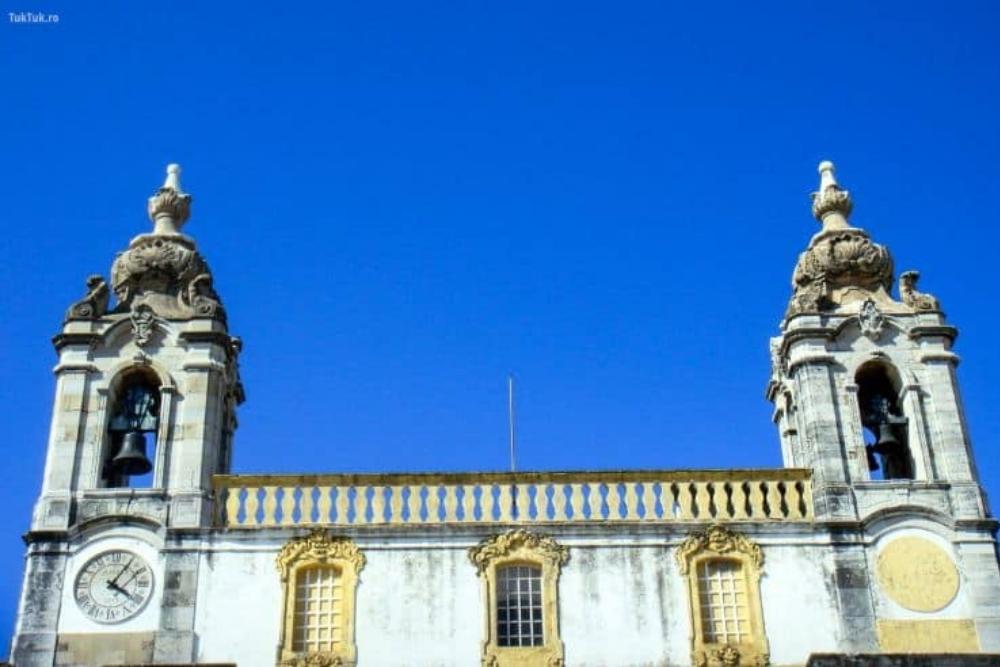
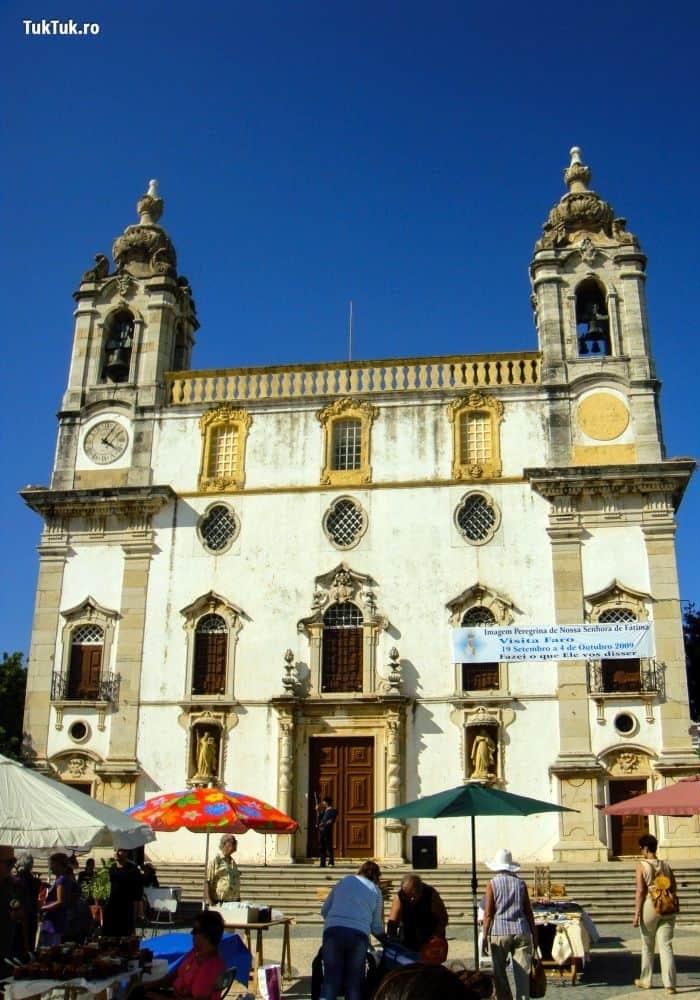
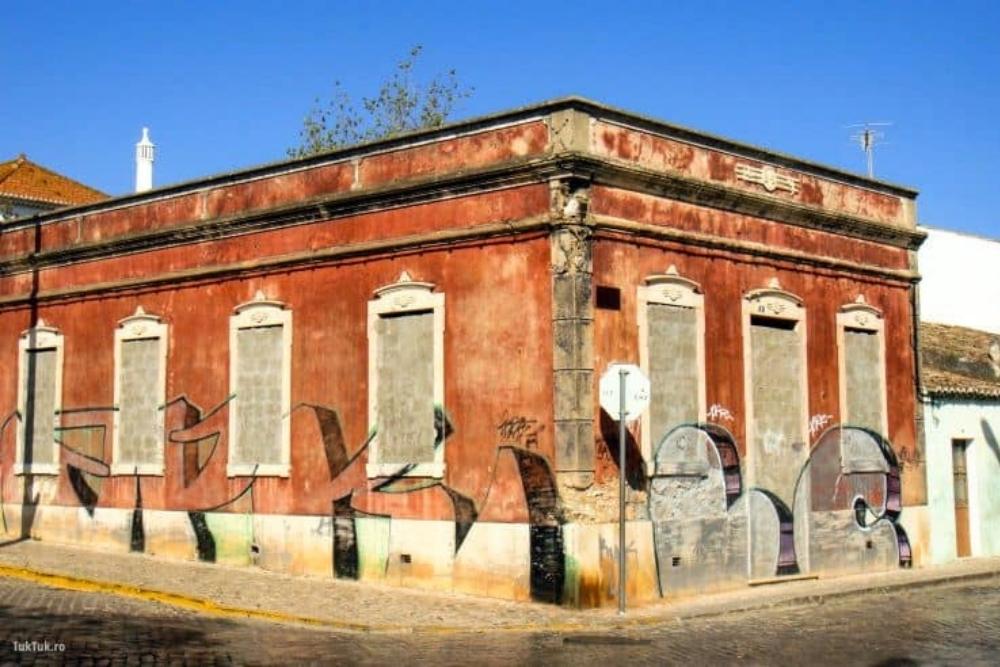

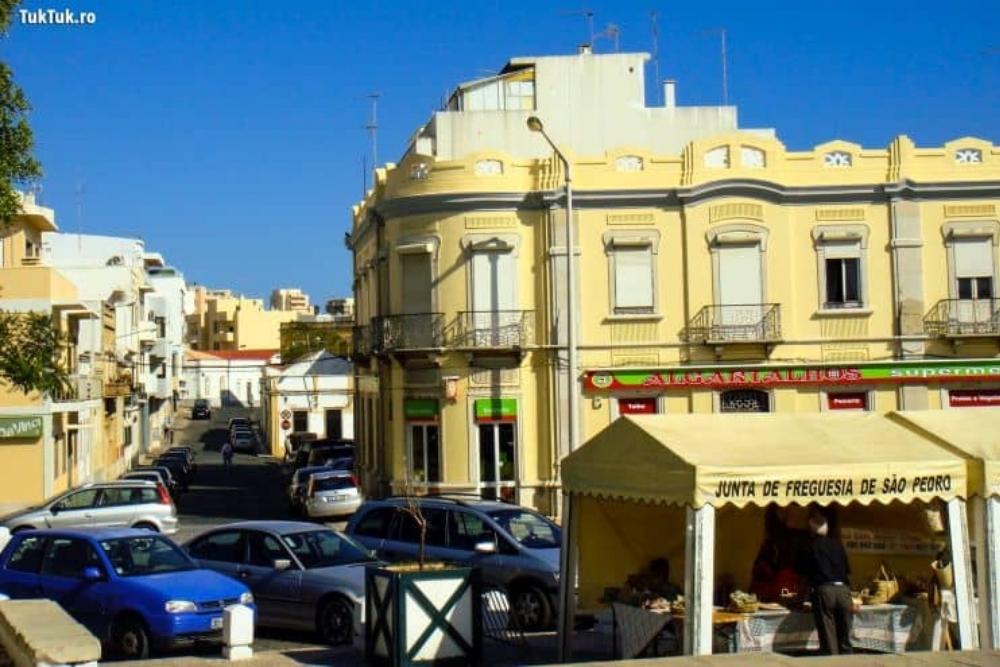
Children hold anxiety that breaks through emotions. Do they really know the songs’ lyrics? Next to them, an old woman, perfectly dressed in folk costumes, breathes a condescending air. Passing her, I have the impulse to say, “Bom dia, Senhora!”, bowing respectfully in front of her arrogance carved in pain. A little bit later, I am in the car, and the city’s narrow streets are trying to throttle the quiet traffic. I’m trying to remember the name of the local football team. Farense. And if there was a Romanian who played for them. Yes, by ’99, Lucian Marinescu, the guy from Rapid Bucuresti. He took part in the Romanian national team at the French World Cup in 98. I wonder if Marinescu ever saw the Capela dos Ossos?
The beach in Faro – outside the city – is nothing but a union stretch of sand. Atypical for Algarve. Long and narrow. People drink beer, lots of Super Bock beer, in cheap little bottles. Butter on the sandwiches. The holiday houses can be seen along the strip. I don’t like it. But that’s not the typical Algarve beach. Faro is just a pretext to tell about the beaches of Algarve. With some of which you can fall in love forever.
Are you in a Portugal trip? Check these two incredible itineraries!
The lovely beaches not to miss in Algarve
For instance, Praia da Rocha, from the Portimao area. The oldest resort in Algarve where, in the late ’30s, British writers came to warm up their pale bodies and meet their muses, sheltering from the bombs of the Second World Carnage. From a quiet and bohemian place, the town turned into an architectural Babel, where high-rise buildings, spectacular hotels, and noisy restaurants compete to host and feed the tourists. Something here seems to have an air of a matte Las Vegas. On the eastern side, the beach is bordered by the Fortaleza de Santa Caterina citadel, built in the 17th-18th centuries by Joao de Castro, Governor of the Algarve Kingdom. The construction was finished during the reign of King Philip the Third, on the place of a former small chapel built in honor of St. Catherine.
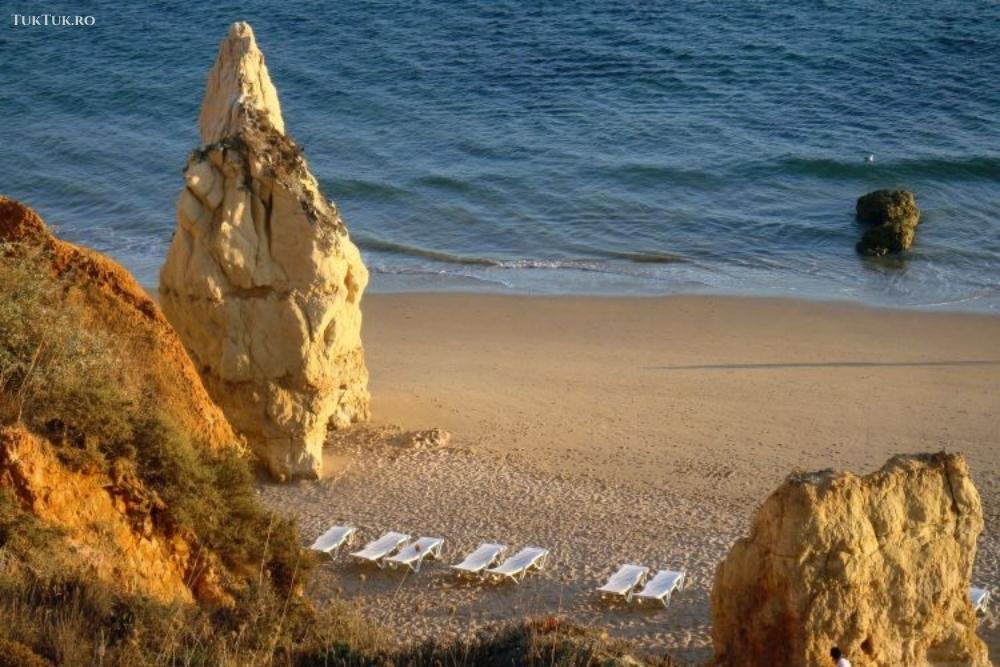
In 1969, the Portuguese wanted to make a beach in Portimao and promote it worldwide as a fantastic holiday place. So they brought in a million tons of sand and sprinkled it over four kilometers, basically pushing the ocean and uncovering a few dozen cliffs that were stranded on the beach. Praia da Rocha – the beach of rocks.
I’m descending an endless wooden staircase to the sand that’s preparing for the velvet touches of the sunset. With my backside to Apollo, I’m photographing the longest shadow I’ve ever had. The light is incredible. Orange has a melted gold essence. The rocks emerging from the fine sand seem to be some rugged giants, watchmen for the gulls who want to rest on them. Have you ever looked for the definition of the word “romance”? If you haven’t found out yet, youțre going to get it on Praia da Rocha when the sun goes to bed.

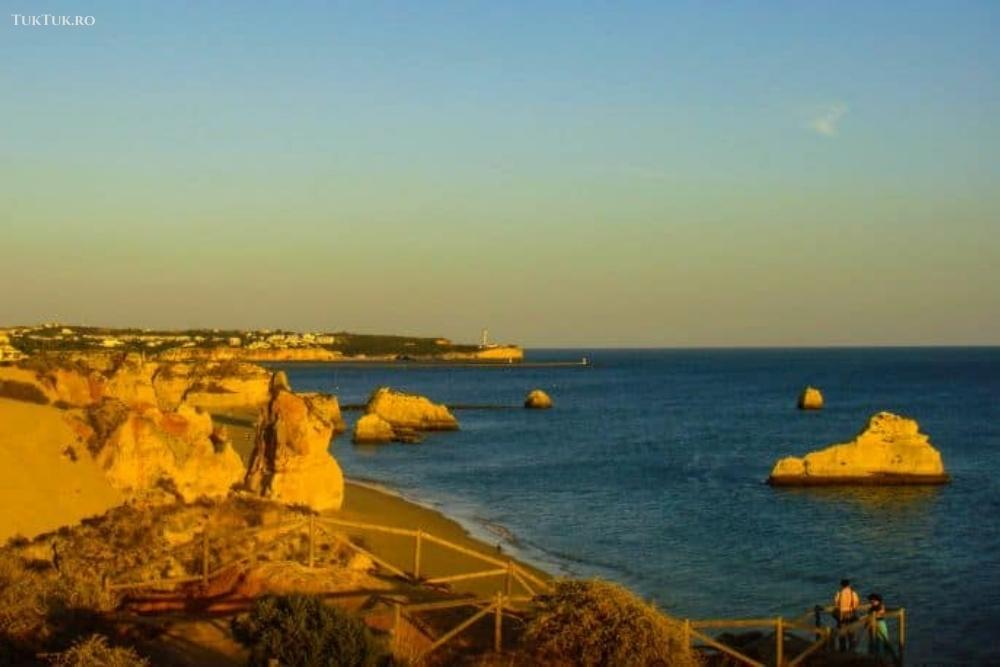
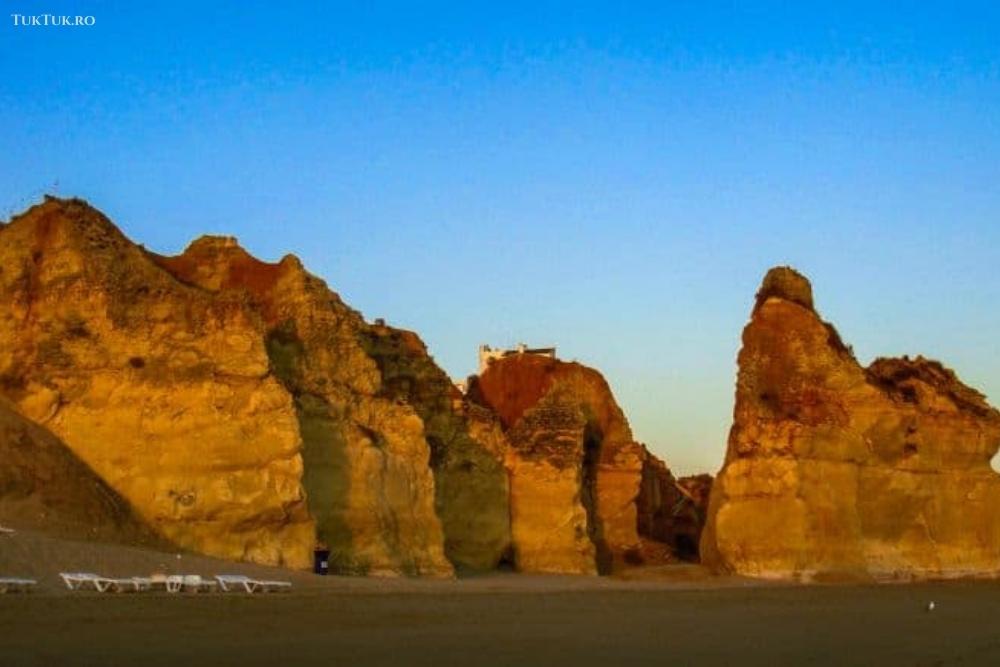
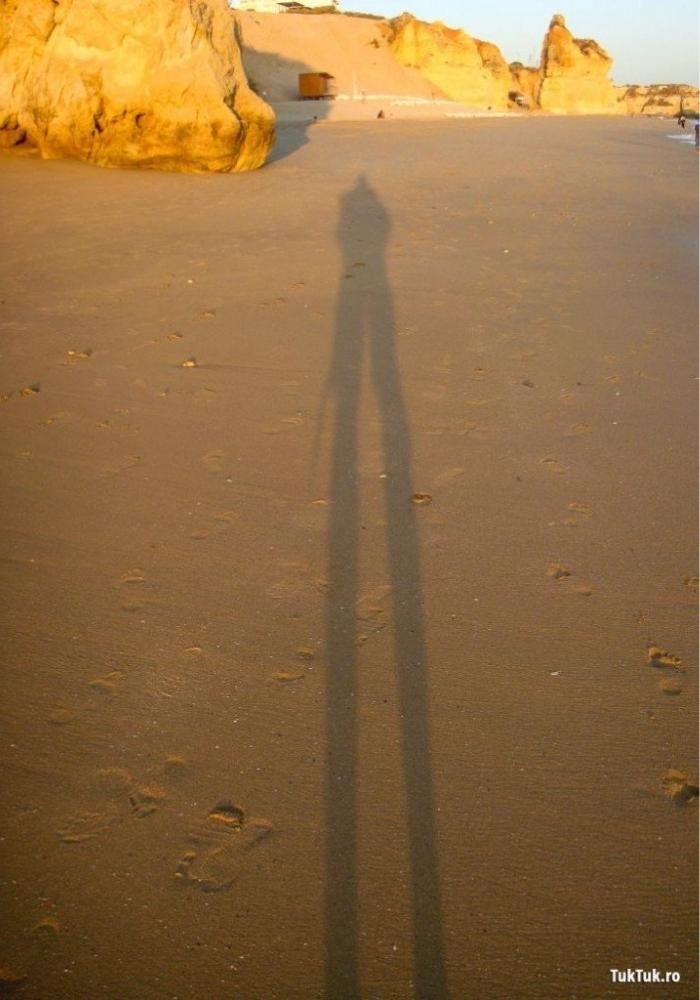
However, there are other options. For example, Lagos and Praia da Luz. Lagos is the largest city in the west of the region Algarve, and it has a history dating back to the Phoenicians. More recently (15th century), we find that explorer Henry the Navigator established Lagos as the starting point in his expeditions. Lagos is a small tourist gem that includes, among other things, a market where, between 1444 and 1756, functioned as the largest slave fair in Europe.


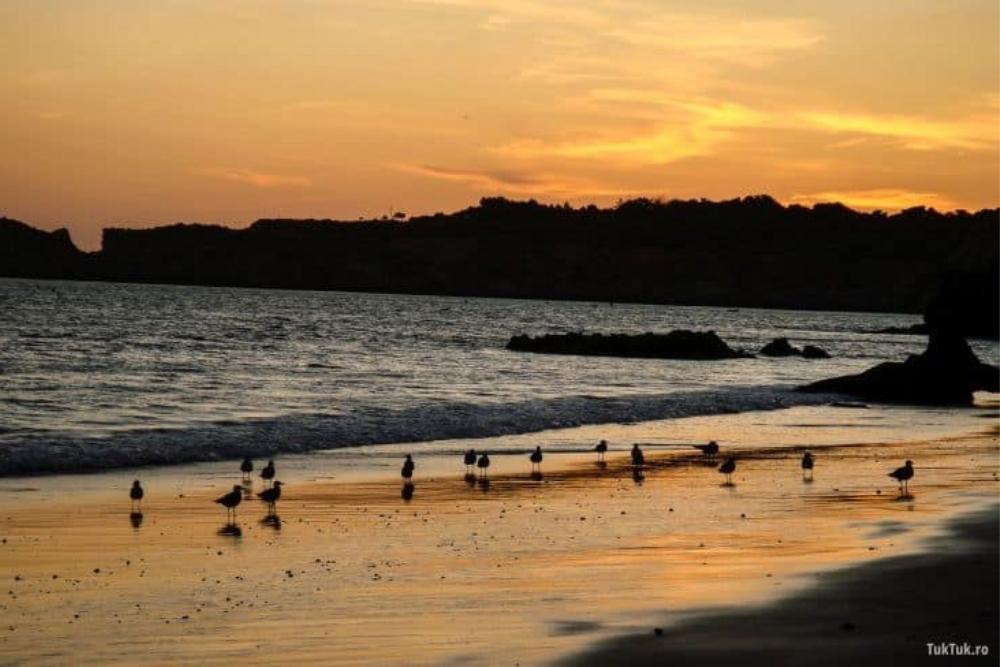
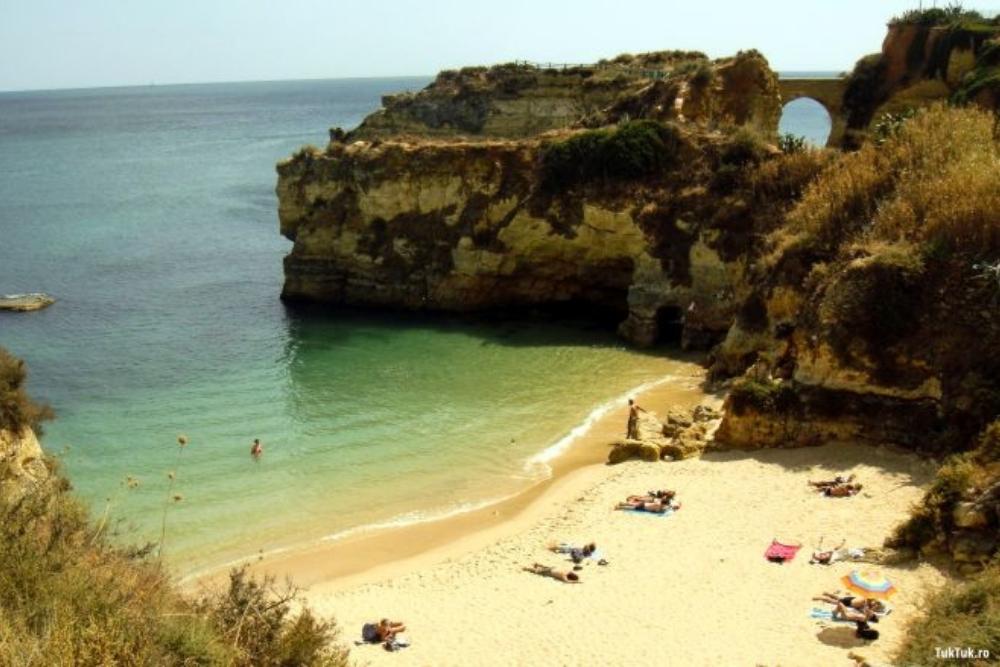
The city’s seafront protects some perfect beaches. One of them, Praia de Dona Ana, seems a painting made by a modern artist. Bunches of cliffs rising from the water, sea caves, natural columns among which lazy yachts or rapid kayaks carry curious tourists. For those who want to venture a little more, there is Ponta de Piedade, a formation of reddish rocks in the middle of the ocean, exposed for centuries to erosion caused by water and wind, transformed into a fascinating location. You can reach Ponta de Piedade with a speedboat or with the help of local fishermen.
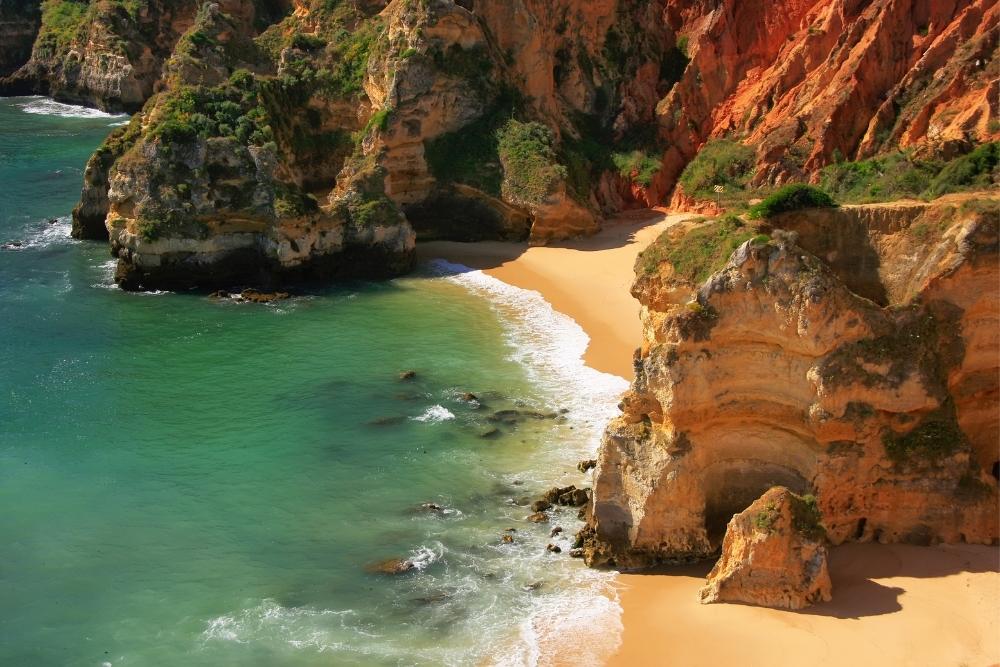
I stayed in Praia da Luz, a quiet and cozy resort with many mansions perched on the hill guarding the ocean. Praia da Luz can be the perfect starting point for a one-day walk to the southwest point of Europe: Sagres and his lovely lighthouse.
You may also like: A tasting session of Madeira wines in Funchal

